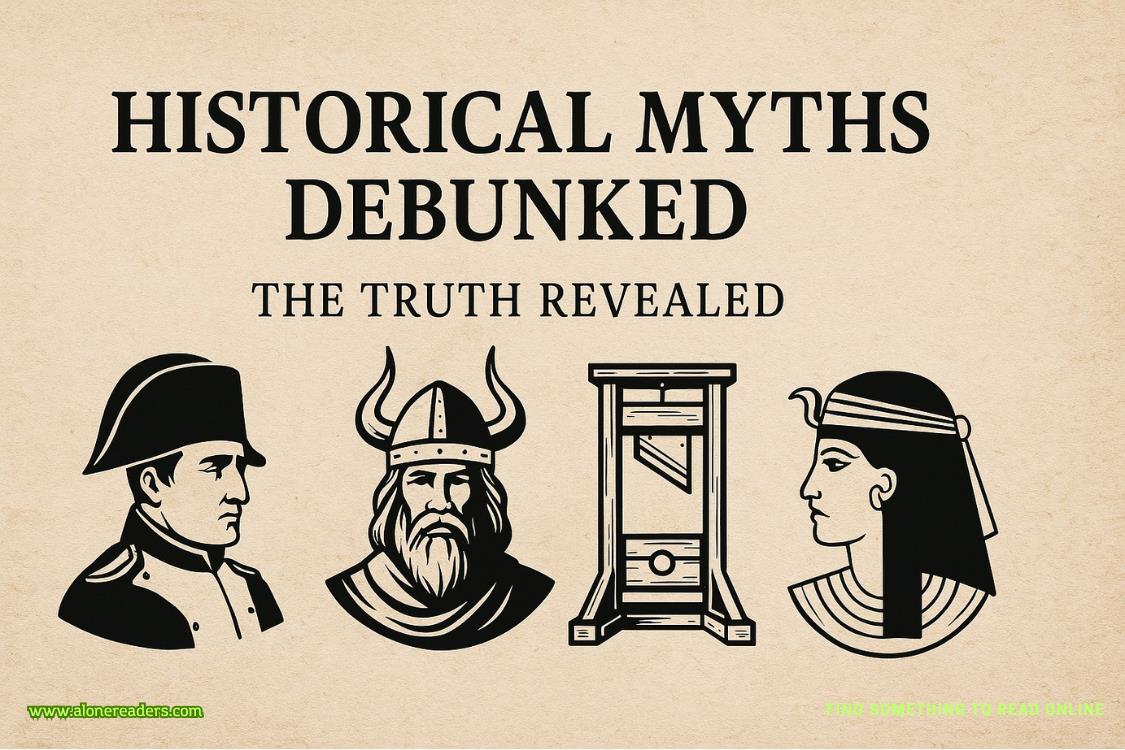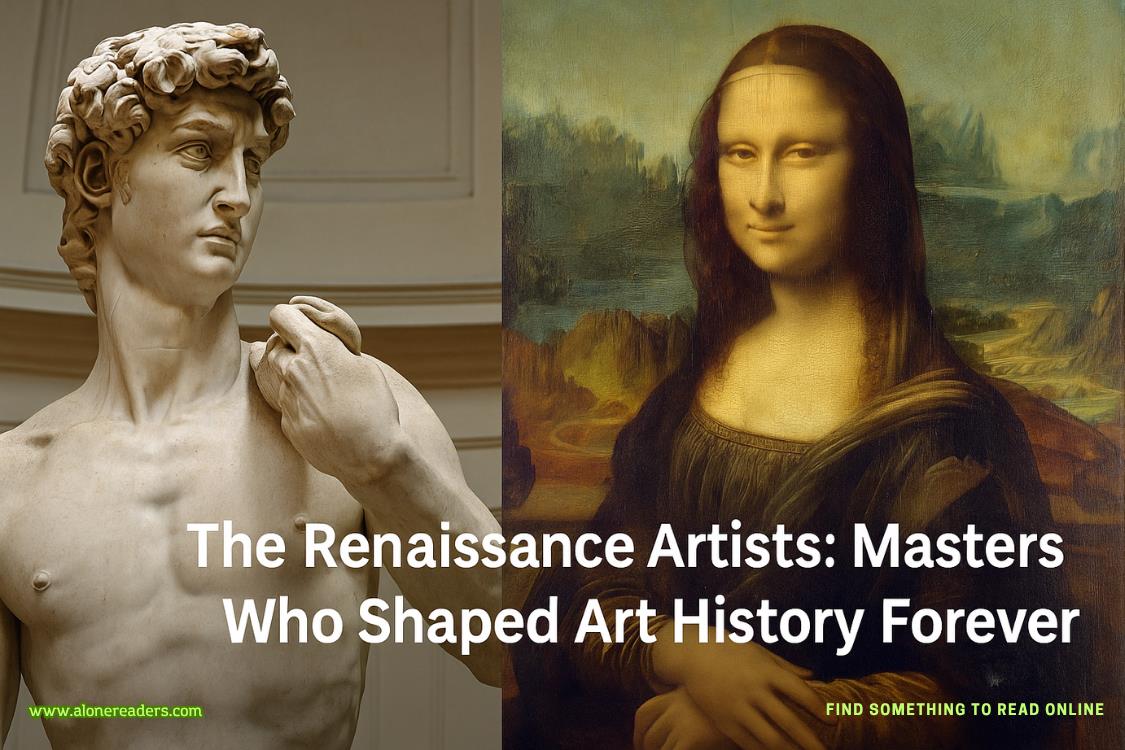“What is it?” asked Keller.
“Gabriel wants an update.” Mikhail typed a brief response and looked up again. “Shit,” he said softly.
The taillight was gone.
It was Alois Graf, a pensioner and quiet supporter of an Austrian far-right party—not that that had anything to do with what transpired—who was ultimately to blame. Recently a widower, Graf had been having trouble sleeping of late. In fact, he could not remember the last time he had managed more than two or three hours since the death of his beloved Trudi. The same was true of Shultzie, his nine-year-old dachshund. Actually, the little beast was not really his, it was Trudi’s. Shultzie had never much cared for Graf, or Graf for Shultzie. And now they were cellmates, sleepless and depressed, comrades in grief.
The dog was well trained in the etiquette of elimination, and reasonably considerate of others. Lately, however, it had been having urges at the damnedest times. Graf was considerate, too, and he never protested when Shultzie came to him in the small hours with that desperate look in his resentful little eyes.
On that night, the summons occurred at 12:25 a.m., according to the clock on Graf’s bedside table. Shultzie’s favorite spot was the little patch of grass adjacent to the American fast-food restaurant on the Brünnerstrasse. This pleased Graf. He thought the restaurant, if you could call it that, an eyesore. But then again, Graf had never been fond of Americans. He was old enough to remember Vienna after the war, when it was a divided city of spies and misery. Graf had preferred the British to the Americans. The British, at least, were possessed of a certain low cunning.
To reach Shultzie’s little promised land required crossing the Brünnerstrasse itself. Graf, a former schoolmaster, looked right and left before stepping from the curb. It was then he saw the single headlamp of a motorcycle approaching from the direction of the city center. He paused with indecision. The bike was a long way off; there was no sound. Surely, he could reach the opposite side with time to spare. Nevertheless, he gave Shultzie’s leash a little jerk, lest the dog loiter in the middle of the street, as he was fond of doing.
Halfway across the road, Graf cast another glance toward the motorcycle. In a matter of three or four seconds, it had covered a great deal of ground. It was traveling at an extremely high rate of speed, a fact evidenced by the high, tight note of the engine, which Graf could now hear quite clearly. Shultzie could hear it, too. The dog stood still as a statue, and no amount of tugging on Graf’s part could compel him to move.
“Komm, Shultzie! Mach schnell!”
Nothing. It was as if the creature were frozen to the asphalt.
The bike was approximately a hundred meters away, about the length of the sporting field at Graf’s old school. He reached down and snatched the dog, but it was too late; the bike was upon them. It veered suddenly, passing so close to Graf’s back it seemed to pluck at the fabric of his overcoat. An instant later he heard the terrible metallic crunch of the collision and saw a figure in black soaring through the air. He might have thought the man capable of flight, he flew so far. But the next sound, the sound of his body smacking the pavement, put that lie to rest.
He somersaulted over and over again for several more meters, horribly, until finally he came to rest. Graf considered going to check on him, if only to confirm the obvious, but another vehicle, a car, was approaching at high speed from the same direction. With Shultzie in his arms, Graf stepped quickly from the road and allowed the car to pass. It slowed to inspect the wreckage of the motorcycle before stopping next to the fallen figure in black lying motionless in the street.
A passenger climbed out. He was tall and thin, and his pale face seemed to glow in the darkness. He looked down at the man in the street—more out of anger than pity, observed Graf—and removed the motorcyclist’s shattered helmet. Then he did something quite extraordinary, something Graf would never tell another living soul. He snapped a photograph of the dead man’s face with his mobile phone.
The flash startled Shultzie, and the dog erupted in a fit of barking. The man stared coldly at Graf before lowering himself into the car. In a moment, it was gone.
At once, there were sirens in the night. Alois Graf should have remained behind to tell the Bundespolizei what he had witnessed. Instead, he hurried home, with Shultzie squirming in his arms. Graf remembered Vienna after the war. Sometimes, he thought, it was better to see nothing at all.
6
Vienna—Tel Aviv
Two dead bodies, separated by a distance of some six kilometers. One had been shot twice at close range. The other had died in a high-speed motorcycle accident while in possession of a large-caliber handgun, an HK45 Tactical, fitted with a sound suppressor. There were no witnesses at either scene, and no CCTV cameras. It was no matter; a part of the story was written in the snow, in tire tracks and footprints, with shell casings and blood. The Austrians worked quickly, for there was heavy rain in the forecast, followed by two days of unseasonable warmth. A changing climate was conspiring against them.
The man who had been shot to death had in his possession a mobile phone, a billfold, and a Russian passport identifying him as one Oleg Gurkovsky. Further documentation found inside the billfold suggested he was a resident of Moscow and that he worked for a communications technology company. Reconstructing the final hours of his life proved easy enough. The Aeroflot flight from Moscow to Budapest. The room at the InterContinental, where, curiously, he had left his luggage. The late-night train to Vienna. Security cameras at the Westbahnhof observed him climbing into a taxi, and the driver, who was interviewed by police, recalled dropping him at the Best Western on the Stubenring. From there he had crossed the Donaukanal via the Schwedenbrücke, followed by a man on foot. Police unearthed several clips of video from storefront security systems and traffic cameras in which the pursuer’s face was partially visible. He also left a trail of footprints, especially in the Karmeliterplatz, where the snow had largely been undisturbed. The shoes were a European size forty-eight, with no distinctive tread. Crime-scene investigators found several matching prints directly next to the body.
They also found six .45-caliber shell casings and the tracks of a Metzeler Lasertec motorcycle tire. Analysis of the tread pattern would link the tracks conclusively to the mangled BMW on the Brünnerstrasse, and ballistics testing would tie the shell casings to the HK45 Tactical the driver of the bike had been carrying when he crashed into a parked car. The man had nothing else in his possession. No passport or driver’s permit, no cash or credit cards. He looked to be about thirty-five but police couldn’t be sure; substantial plastic surgery had been performed on the face. He was a professional, they concluded.
But why had an otherwise professional assassin lost control of his motorcycle on the Brünnerstrasse? And who was the man who had followed the murdered Russian from the Best Western hotel to the spot in the Second District where he had been shot twice at close range? And why had the Russian come to Vienna from Budapest in the first place? Had he been lured? Had he been summoned? If so, by whom? The questions notwithstanding, it bore all the hallmarks of a professional assassination carried out by a highly competent intelligence service.
The Bundespolizei, during the first hours of the investigation, kept such thoughts to themselves, but the media were free to speculate to their hearts’ content. By midmorning they had convinced themselves that Oleg Gurkovsky was a dissident, despite the fact no one in the Russian opposition seemed to have heard of him. But there were others in Russia, including a lawyer rumored to be a personal friend of the Tsar himself, who claimed to know him well. But not by the name Oleg Gurkovsky. His real name, they said, was Konstantin Kirov, and he was an undercover officer of the SVR, the Russian intelligence service.
It was at this point, sometime around noon in Vienna, that a steady trickle of stories, tweets, chirps, burps, blog postings, and other forms of modern discourse began to appear on news sites and social media. At first, they appeared spontaneous; in time, anything but. Nearly all the material flowed from Russia or from friendly former Soviet republics or satellites. Not one of the alleged sources had a name—at least not one that could be verified. Each entry was fragmentary, a small piece of a larger puzzle. But when assembled, the conclusion was plain as day: Konstantin Kirov, an officer of the Russian SVR, had been murdered in cold blood by the Israeli secret intelligence service, on the direct order of its chief, the well-known Russophobe Gabriel Allon.
The Kremlin declared as much at three o’clock, and at four the Russian news service Sputnik published what it claimed was a photograph of Allon leaving an apartment building near the scene of the murder, accompanied by an elfin figure whose face was rendered indistinct. The source of the photograph was never reliably established. Sputnik said it obtained the image from the Austrian Bundespolizei, though the Bundespolizei denied it. Nevertheless, the damage was done. The rented television experts in London and New York, including a few who’d had the privilege of meeting Allon personally, admitted that the man in the photo looked a great deal like him. Austria’s interior minister agreed.
Publicly, the government of Israel said nothing, in keeping with its long-standing policy of not commenting on intelligence matters. But by early evening, with pressure building, the prime minister took the unusual step of personally denying any Israeli involvement in Kirov’s death. His statement was met with skepticism, perhaps deservedly so. What’s more, much was made of the fact it was the prime minister who issued the denial and not Allon himself. His silence, said one former American spy, spoke volumes.
Truth was, Gabriel was unavailable for comment at the time; he was locked in a secure room deep inside the Israeli Embassy in Berlin, monitoring the clandestine movements of his operational team. By eight o’clock that evening, all were safely back in Tel Aviv, and Christopher Keller was home and dry in London. Gabriel slipped from the embassy unobserved and boarded an El Al flight for Tel Aviv. Not even the flight crew knew his true identity. For a second consecutive night, he did not sleep. The memory of Konstantin Kirov lying dead in the snow would not let him.
It was still dark when the plane touched down at Ben Gurion. Two bodyguards waited at the foot of the Jetway. They escorted Gabriel through the terminal to an unmarked door to the left of passport control. Behind it was a room reserved for Office personnel returning from missions abroad, thus the permanent odor of cigarettes, burnt coffee, and male tension. The walls were faux Jerusalem limestone, the chairs were modular and covered in black vinyl. In one, bathed in an unforgiving light, sat Uzi Navot. His gray suit looked slept in. The eyes behind his trendy rimless spectacles were red with fatigue.
Rising, Navot glanced at the big silver wristwatch his wife, Bella, had given him on the occasion of his last birthday. There was not an article of clothing or fashion accessory on Navot’s large, powerful body that she had not purchased or selected, including a new pair of oxfords that, in Gabriel’s opinion, were far too long in the toe for a man of Navot’s age and occupation.
“What are you doing here, Uzi? It’s three in the morning.”
“I needed a break.”















